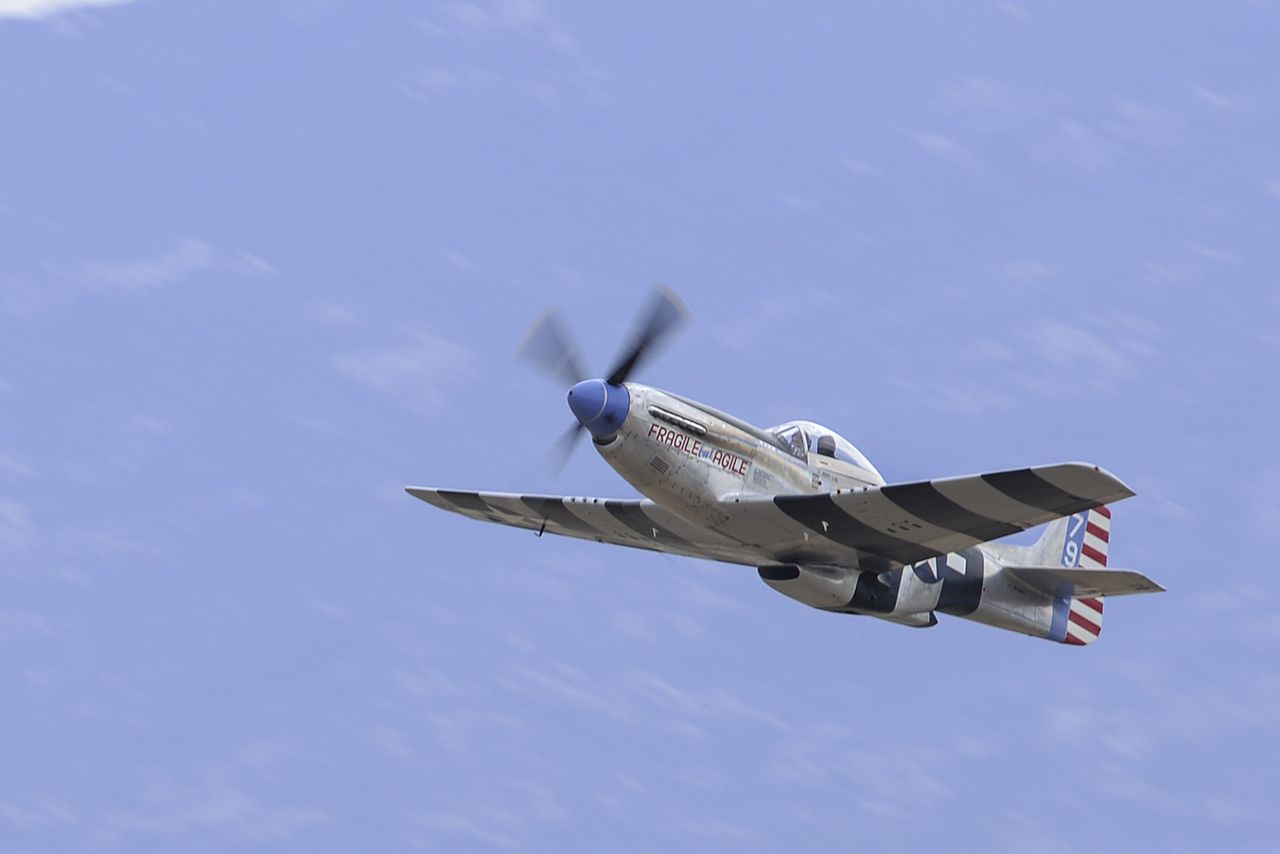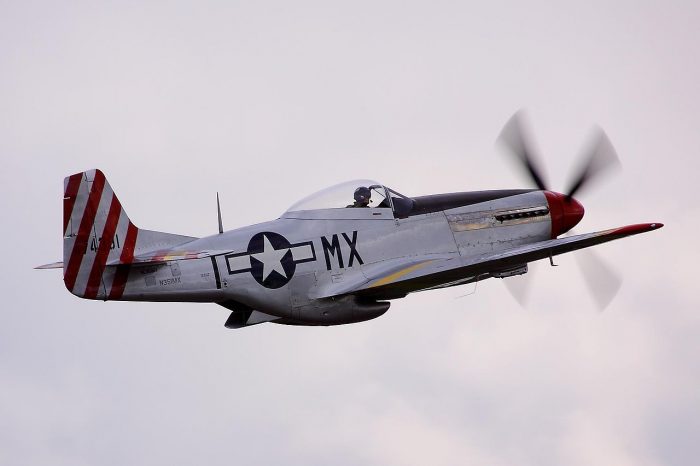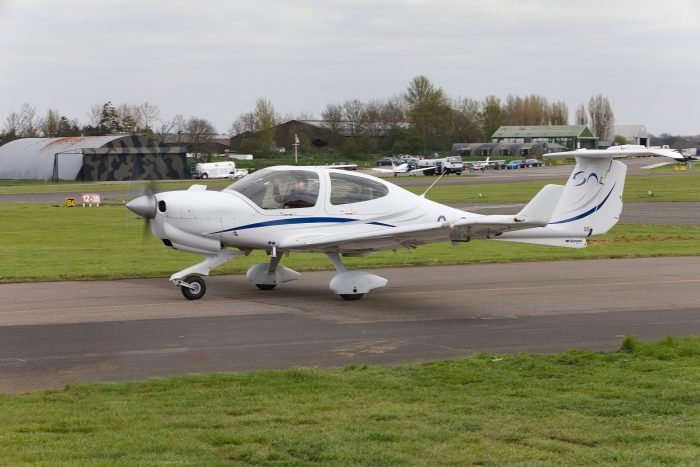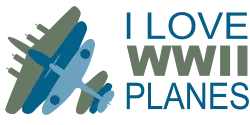P-51 Mustang Involved in Near-Miss With Another Airplane in UK

According to a report from the UK Airprox Board, an incident occurred on June 14 2020 involving a WWII P-51 Mustang where it and another aircraft came uncomfortably close to each other in the skies over Cranfield in Bedfordshire.
A trainee pilot and their instructor were returning from a training flight in a four-seater DA40 light aircraft when a P-51 Mustang fighter aircraft dove out of the cloud cover at around 4500 feet passing by about 1000 feet from them.

The DA40 was receiving air traffic service from the control tower at Oxford. A trainee controller provided information about the P-51 twice before the incident. Both times the Mustang was more than three nautical miles ahead of the DA40 and climbing, reaching a height 3000 feet above them.
At that point the controller’s attention was diverted by other aircraft requesting attention. Since there seemed little chance of the P-51 and DA40 colliding, the controller dealt with the other aircraft for almost one and a half minutes.
It was during this time that the pilot of the P-51 Mustang chose to begin a steep dive which brought it in close proximity to the DA40.

When the controller checked on the two planes again, they saw that the Mustang was now behind the DA40 and flying at a lower altitude meaning that the plane must have dived rather close to the DA40.
The trainee controller’s on-the-job-instructor was monitoring the two aircraft the entire time the trainee was dealing with other calls and determined that the two planes were never close enough to be a threat to each other.
The trainee controller apologized to the pilot of the DA40 saying that the other plane dove so quickly they did not have time to provide an update.
In a report made after the incident, the pilot of the DA40 felt that the risk of collision was “medium.” The controller’s instructor felt that the risk was “none.” The Airprox Board agreed with the lower assessment stating that the surprise factor of the plane appearing suddenly may have caused the pilot to perceive the P-51 was closer than it really was.
In his report, the pilot of the P-51 stated that they at no point were aware of the presence of the DA40 and were not aware that there was any incident until they were informed on the ground afterwards.

The Board determined that the incident occurred in Class G airspace which places responsibility for avoiding collisions on the pilots regardless of what service they are receiving from the control tower.
However, the Board said that the pilot of the P-51 could have helped the situation by requesting air traffic service so that he would be aware of other aircraft in his vicinity. They also found that the P-51 pilot did not use the appropriate “squawk” code which would have indicated to the tower that they intended to perform erratic maneuvers during their flight.
Another Article From Us: The US Air Force B-29 Origins of the Russian Tupolev TU-4
The Board’s judgment was that the timing of the incident was bad luck due to it occurring while the controller was busy with other aircraft ad that the controller performed their job as expected.
Ultimately , the incident took place in airspace that made collision avoidance the responsibility of the pilots and that the P-51 pilot could have assisted in that regard by using the appropriate “squawk” code and taking advantage of air traffic service from the control tower.
